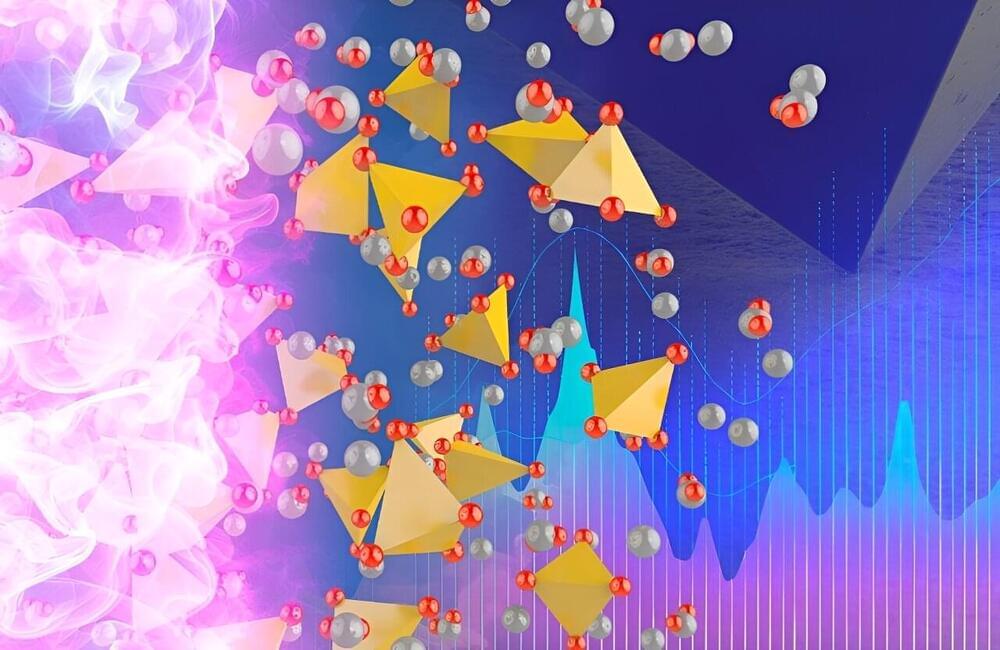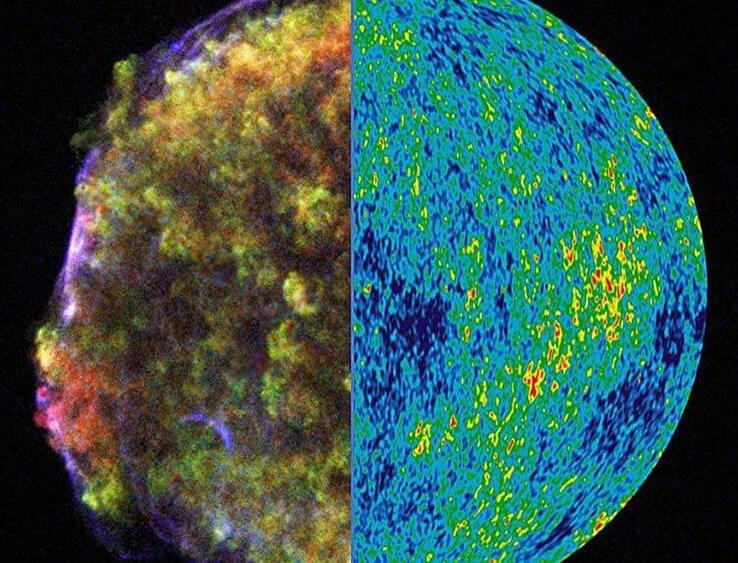The award honors three scientists who discovered and built quantum dots, which are now used in everything from TVs to medical tools.



When a new island or lake appears, the plants and animals that get there first have a leg up on later arrivals and are more likely to diversify into new species—or so evolutionary biologists have long assumed. But a study of fossils from East Africa’s Lake Victoria shows that it takes more than arriving early to win the speciation race. Although several kinds of fish colonized this lake around the same time, only cichlids took off, forming 500 species in less than 17,000 years, the team reports today in.
“The paper uses a very smart [way] to find a clear answer to a longstanding question, which is why certain groups of organisms are more successful at forming many species over a short period of time,” says Claudius Kratochwil, an evolutionary developmental biologist at the University of Helsinki who was not involved with the work. The findings suggest opportunity and versatility matter more than primacy, adds George Turner, an evolutionary biologist and cichlid fish expert at Bangor University who was also not involved.
Most cases of adaptive radiation, wherein one species gives rise to many more, took place over millions of years, making it nearly impossible for scientists to figure out why that one colonizing species became so successful. But the extreme diversity within a group of fish called cichlids began to arise a mere 17,000 years ago, when the modern version of Lake Victoria began to fill where today the borders of Uganda, Kenya, and Tanzania meet. Now 500 species strong—each inhabiting a particular niche within the lake—this group’s evolution represents “the most rapid radiation event known among vertebrates,” says Nare Ngoepe, an evolutionary biologist at the University of Bern.

As current courses through a battery, its materials erode over time. Mechanical influences such as stress and strain affect this trajectory, although their impacts on battery efficacy and longevity are not fully understood.
A team led by researchers at the Department of Energy’s Oak Ridge National Laboratory developed a framework for designing solid-state batteries, or SSBs, with mechanics in mind. Their paper, published in Science, reviewed how these factors change SSBs during their cycling.
“Our goal is to highlight the importance of mechanics in battery performance,” said Sergiy Kalnaus, a scientist in ORNL’s Multiphysics Modeling and Flows group. “A lot of studies have focused on chemical or electric properties but have neglected to show the underlying mechanics.”



Now that computer-generated imaging is accessible to anyone with a weird idea and an internet connection, the creation of “AI art” is raising questions—and lawsuits. The key questions seem to be 1) how does it actually work, 2) what work can it replace, and 3) how can the labor of artists be respected through this change?
The lawsuits over AI turn, in large part, on copyright. These copyright issues are so complex that we’ve devoted a whole, separate post to them. Here, we focus on thornier non-legal issues.
How Do AI Art Generators Work?


We often wonder where we might find a truly sustainable and abundant source of energy, and the answer might turn out to be in the emptiness all around us.
Watch my exclusive video Dark Stars At The Beginning Of Time: https://nebula.tv/videos/isaacarthur-dark-stars-at-the-beginning-of-time.
Get Nebula using my link for 40% off an annual subscription: https://go.nebula.tv/isaacarthur.
More on Infinite Energy https://infiniteenergy.org.
Visit our Website: http://www.isaacarthur.net.
Join Nebula: https://go.nebula.tv/isaacarthur.
Support us on Patreon: https://www.patreon.com/IsaacArthur.
Support us on Subscribestar: https://www.subscribestar.com/isaac-arthur.
Facebook Group: https://www.facebook.com/groups/1583992725237264/
Reddit: https://www.reddit.com/r/IsaacArthur/
Twitter: https://twitter.com/Isaac_A_Arthur on Twitter and RT our future content.
SFIA Discord Server: https://discord.gg/53GAShE
Credits: Zero Point Energy & Vacuum Energy.
Episode 415, October 5, 2023
Written by:
Isaac Arthur.
Vlad Ardelean.
Produced & narrated by: isaac arthur.
Editor:

The IEEE has certified the first standard for Li-Fi, a high-speed digital communication standard in the infrared (IR), visual light, and ultraviolet (UV) spectrums.
With the certification of the Li-Fi (light-fidelity) standard, 802.11bb-2023, a new era has opened up for local area wireless communications. Li-Fi refers to wireless data communications using light rather than the radio waves used by Wi-Fi. It is faster, immune to electromagnetic interference, and more difficult to intercept. It operates by modulating near-infrared, visual, or near-ultraviolet LEDs, making any LED source a potential access point.